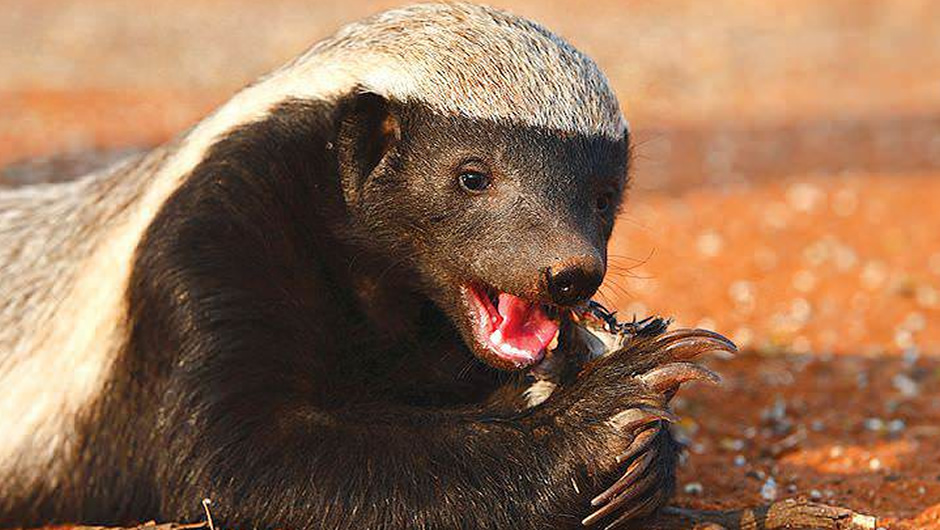Found near water while on safari the Waterbuck is another to put on your must see list. Despite its name, the waterbuck is not truly aquatic nor as much at home in water and swamps as is the sitatunga or lechwe. It does, however, take refuge there to escape predators. Their skin exudes a greasy smelly substance into the shaggy coat that is believed to help waterproofing. It is also believed to taint the flesh, as does the fat, and certainly waterbuck meat is not pleasant to human taste, but the widespread belief that it makes them unattractive to predators is another popular myth. Nature is red in both tooth and claw and meals are hard to come by so any opportunity will be taken including the “smelly” Waterbuck.
The waterbuck is a large, robust animal with males are generally about 25 percent larger than the females. They have large, rounded ears and white patches above the eyes, around the nose and mouth and on the throat. Only the males have horns, which are prominently ringed and as long as 40 inches. The horns are widely spaced and curve gracefully back and up and together with his unique gait the Waterbuck is an imposing sight to see while on holiday.
The waterbuck’s most striking marking however is the white ring around his rump. The traditional joke is that this resulted from a failure to read the “wet paint” sign in the toilet on the Ark or that’s an unfortunate target that allows predators to take aim before the pounce. This white ring though is one of the most prominent examples of what are known as “follow me” markings that regularly occur in mammals. These are markings which make it easy for animals of the same species to follow each other, and particularly for young animals to follow mothers running from danger. Most mammals have limited if any colour vision, these markings are usually black or white, depending which contrasts most with the animals’ over-all colouring. Some are permanently visible, while others are only displayed when they are needed. The waterbuck’s white ring is always there, as is the impala’s “McDonald’s” marking (see our other post) on the tail. Kudu on the other hand only show their “follow-me” markings when they run; they curl up their tails and fan them out to show the white under layer of hair. Warthogs don’t have contrasting colours; instead they stick their tufted tails straight up in the air to be followed, rather like the raised umbrellas of Japanese tour guides.
Predators also have “follow-me” markings: the black marks on the backs of a lion’s ears, the highest part of the body, contrast with the generally light body colour and that of the surroundings and make it easier for cubs to follow their mother in tall grass. Leopards have a white tip to the underside of the tail which shows when it is curled up. This shows up better in contrast to the generally darker colour of the leopard and the shadowy undergrowth it often frequents.






